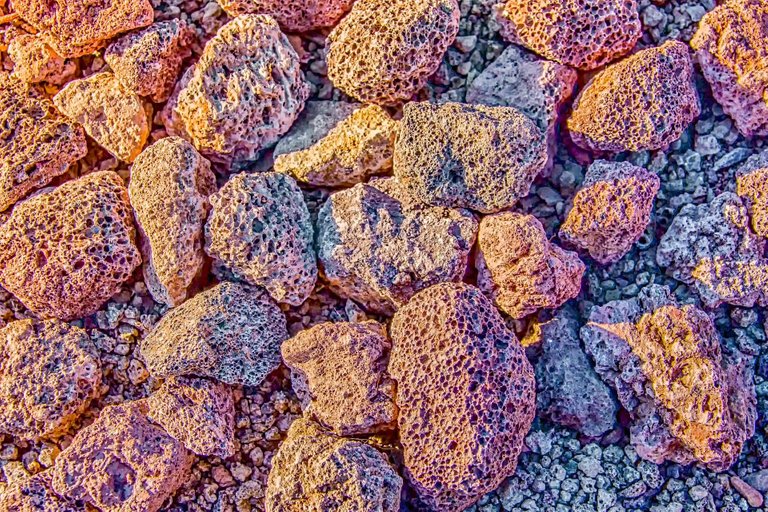
Picture Credit: analogicus ; (Source: Pixabay)
Photoresist for two-photon microprinting has been designed up by Analysts of Karlsruhe Institute of Technology (KIT) and Heidelberg University. It's currently been used simply because to make three-dimensional compound microstructures with holes within the nano extend. In Advanced Materials, the researchers engaged with the joint Cluster of Excellence 3D Matter created to Order report how the body will be controlled throughout the printing and the way this influences the lightweight dissipating properties of the microstructures.
Throughout printing, an optical device bar is touched all told spatial ways through the initially fluid photoresist. The photoresist solidifies within the purpose of convergence of the optical device shaft because it was. Gradually, advanced microstructures will be underlying on these lines. In an exceedingly subsequent advance, a dissoluble is used to eliminate those regions that weren't bestowed to radiation. advanced compound models within the micrometer and nm range stay.
Two-photon polymerization - or two-photon microprinting addicted to this cycle - has been browsed broadly speaking sure as shooting years currently, specifically as respects the creation of micro-optics, reputed metamaterials, and micro scaffolds for tries various things with single organic cells. To increase the vary of utilizations, new printable materials are needed. This is often the aim of the takeoff of the researchers related to the Cluster of Excellence 3D Matter created to Order (3DMM2O) of KIT and Heidelberg University. "With the assistance of traditional photoresists, it had been conceivable to print simple, swish polymers simply," says Frederik Mayer, scientist of KIT and principal creator of the investigation.
This compound froth has holes of thirty to a hundred nm in size, that are loaded up with air. As in an exceedingly porous cover, the various very little air openings within the porous nanoarchitecture cause them to appear white. Mixing white particles into a normal photoresist wouldn't have this impact, in lightweight of the very fact that the photoresist should be simple for the (red) optical device pillar throughout printing.
"Our photoresist," Mayer says, "is straightforward before printing, nevertheless the written objects are white and have high reflectivity." The analysts from Karlsruhe and Heidelberg showed this by printing an Ulbricht ball (an optical segment) as fine as a hair. Another issue that parades new applications is that the large inward surface region of the porous material. It should be valuable for filtration measures on littlest house, deeply impermeable coatings, or the event of natural cells.
The cooperation of 3 of the 9 exploration pushes of the Cluster of Excellence uncovered the utilizations that the novel photoresist is match and the way it all right could also be applied within the most ideal manner. By strategies for microscopy filters and optical investigations, scientists incontestible how the pits are spread in written structures and the way their arrangement will be unnatural by shifting the printing boundaries and specifically the facility of the optical device beats. Add the cluster of greatness was done by materials researchers from Heidelberg University even as scientific specialists and physicists from KIT.
Reference:
- Materials provided by Karlsruher Institut für Technologie (KIT).
Journal Reference:
- Frederik Mayer, Daniel Ryklin, Irene Wacker, Ronald Curticean, Martin Čalkovský, Andreas Niemeyer, Zheqin Dong, Pavel A. Levkin, Dagmar Gerthsen, Rasmus R. Schröder, Martin Wegener. 3D Two‐Photon Microprinting of Nanoporous Architectures. Advanced Materials, 2020; 32 (32): 2002044 DOI: 10.1002/adma.202002044
Congratulations @crazy-science! You have completed the following achievement on the Hive blockchain and have been rewarded with new badge(s) :
You can view your badges on your board and compare yourself to others in the Ranking
If you no longer want to receive notifications, reply to this comment with the word
STOP